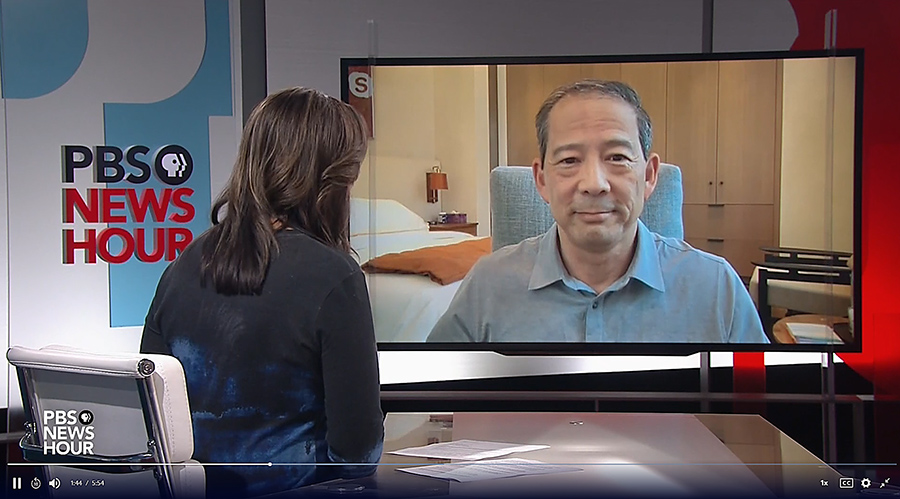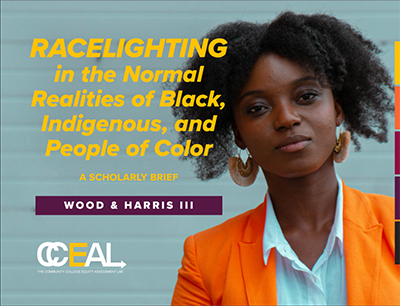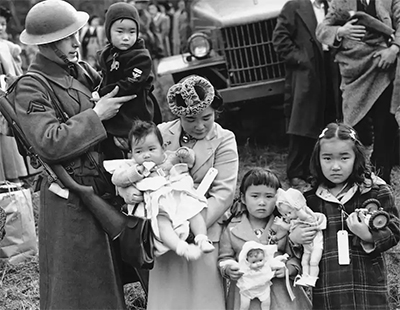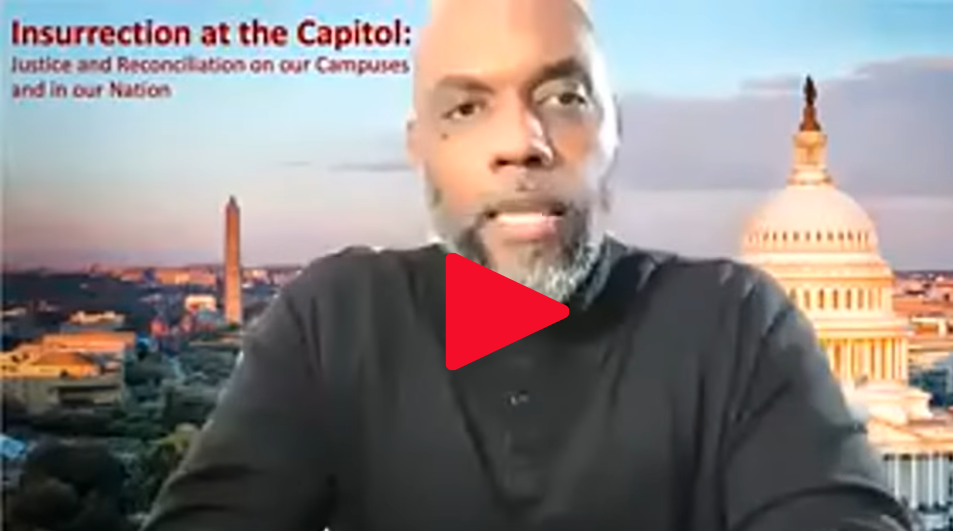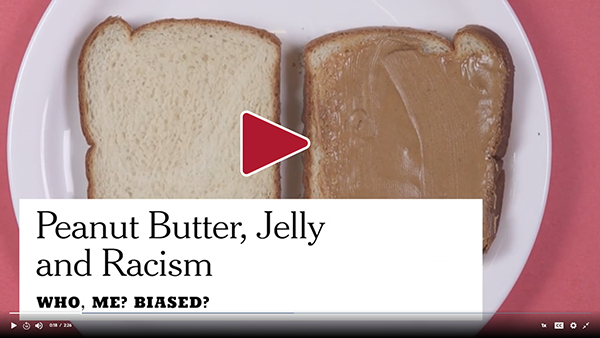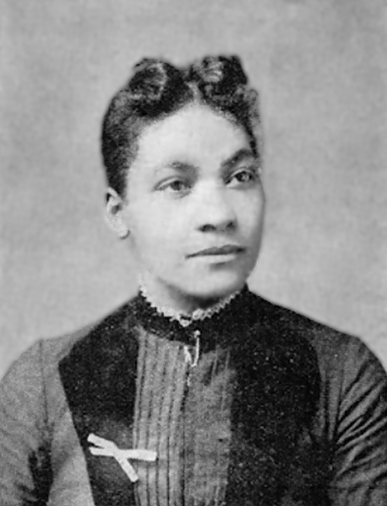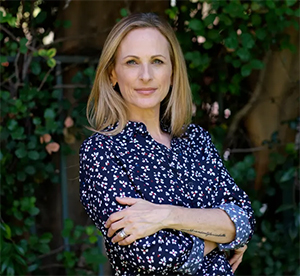Welcome to the Equality & Equity Project
- Equality (‘quality or state of being equal’), the ideal for our NSCC community, and to a larger extent, our global community.
- Equity (‘freedom from bias or favoritism, the quality of being fair and impartial’), the path to equality.
As part of our commitment to Anti-Racism, Diversity & Inclusion, this page will provide historical and present-day information about the contributions, challenges, culture, and daily lives of the many vital groups that make up our NSCC community, and the larger world. We will regularly highlight important facts, stories, and experiences that traditionally have been omitted from the narrative of our country, and offer steps you can take to combat inequality. This page originated in response to the urgency of Black Lives Matter, and will predominantly feature African Americans in the 2020-2021 academic year. However, this is an ongoing project that intends to honor every group in the rich fabric of NSCC life.
We invite you to visit often, reflect on what you see and read, discuss it with others and, hopefully, expand your knowledge base, appreciation, and understanding of groups beyond your own. Together we can achieve:
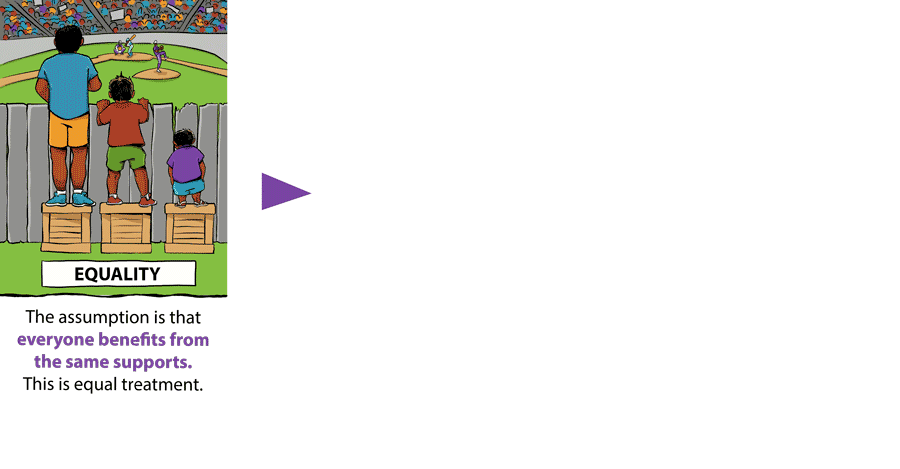 Courtesy of Artist: Angus Maguire/Interaction Institute for Social Change and Center for Story-based Strategy
Courtesy of Artist: Angus Maguire/Interaction Institute for Social Change and Center for Story-based Strategy
https://www.
A consciously aware and understanding environment builds a stronger Comm-Unity.
Deep Dives
Stories, articles or videos to build equality by demonstrating equity.
Expand AllCollapse AllFor the third year, The annual Social Tracking of Asian Americans in the U.S. (STAATUS) Index by The Asian American Foundation is the leading study on perceptions and attitudes towards the AAPI community. Watch a 5-minute video from PBS News Hour as they discuss some of the results of the survey with Norman Chen, CEO of The Asian American Foundation.
Each year, the National Women's History Alliance chooses a theme for Women's History Month. This year's theme is "Women Who Tell Our Stories". According to the United Nations Foundation, women comprise just 24% of the stories we read, see, or hear about in entertainment and media.
There have been various studies on this, and all of these studies have shed light on striking gaps, which include low numbers of female protagonists in popular films, and an underrepresentation of women in awards shows.
“The narratives that come out of Hollywood or advertising or the media are the narratives that get deeply embedded into our society,” says Jennifer Klein, Co-chair of the White House Gender Policy Council.
Women’s representation and equal participation in the media shouldn’t be optional — it’s essential. If we want to break negative stereotypes of women in everyday life, we need to tackle them through all forms of entertainment and media.
Watch this short video to learn more about the importance of how women are portrayed and represented in film.
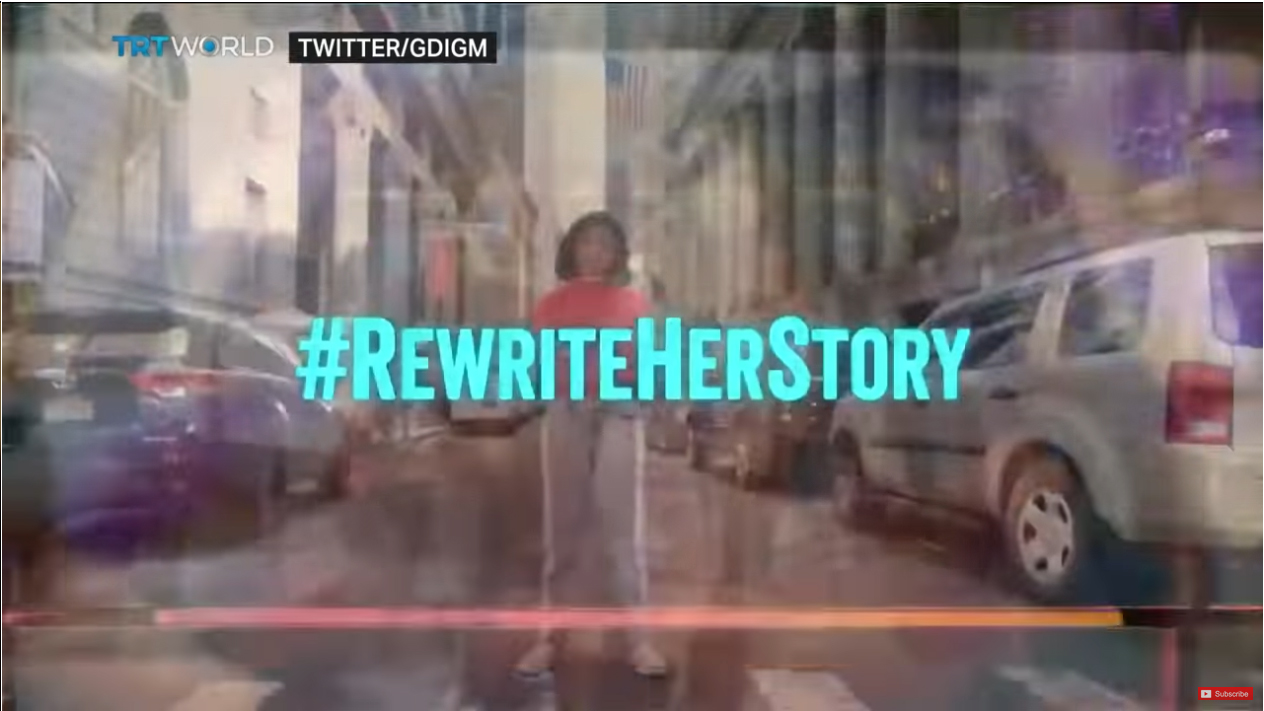
Racial Trauma is defined as a form of race-based stress, referring to Black and Indigenous People of Color's (BIPOC) reactions to dangerous events and real or perceived experiences of racial discrimination. Such experiences may include threats of harm and injury, humiliating and shaming events, and witnessing racial discrimination toward other BIPOC. Although similar to posttraumatic stress disorder, racial trauma is unique in that it involves ongoing individual and collective injuries due to exposure and reexposure to race-based stress.
Impact Tulsa had a panel discussion for educators and nonprofits on "Responding to Racial Trauma in the Classroom." Watch the video here. The panel of experts shared on topics including culturally responsive instruction, addressing racial trauma, and supporting students of color effectively when school resumes.
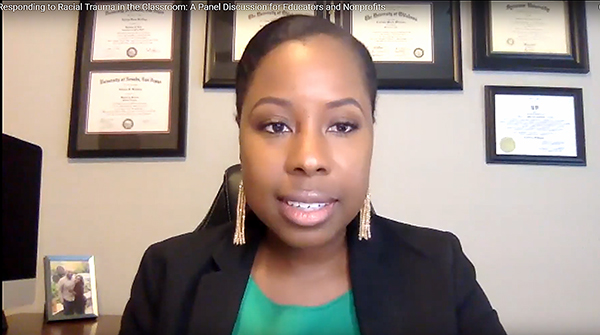
What is the difference between equality and equity?
Watch this video to differentiate the meaning of each, and to understand why opportunity and access are the keys to educational equity.
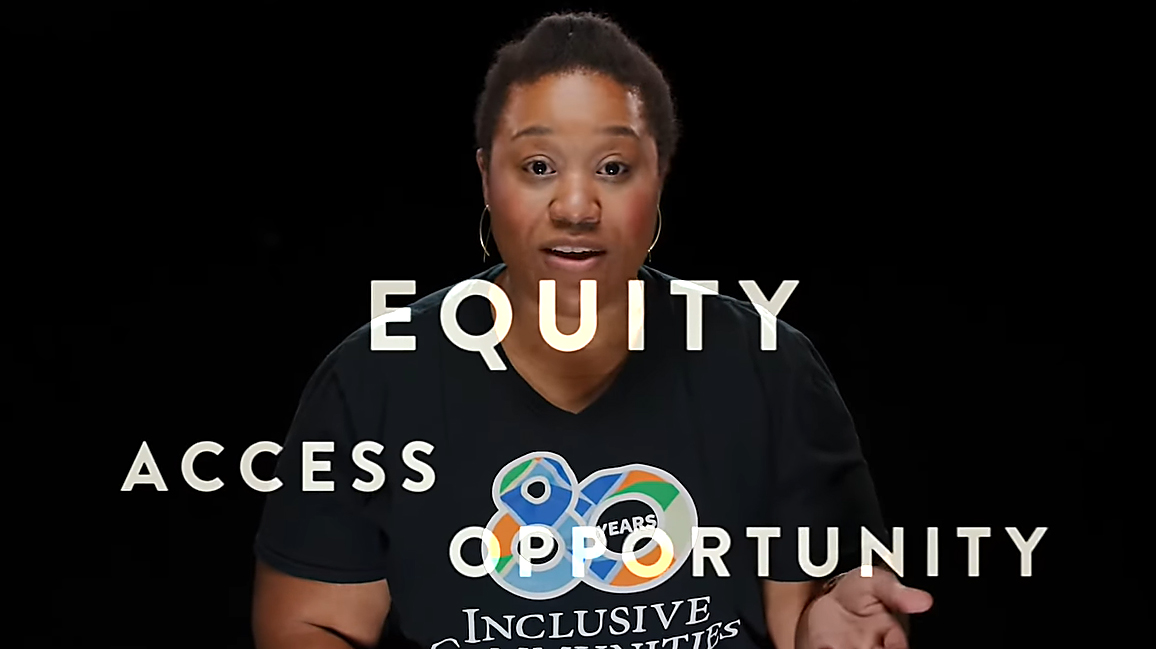
This video will help jump-start your thinking around the equitable practices and policies, or perhaps inequitable ones, you see in education.
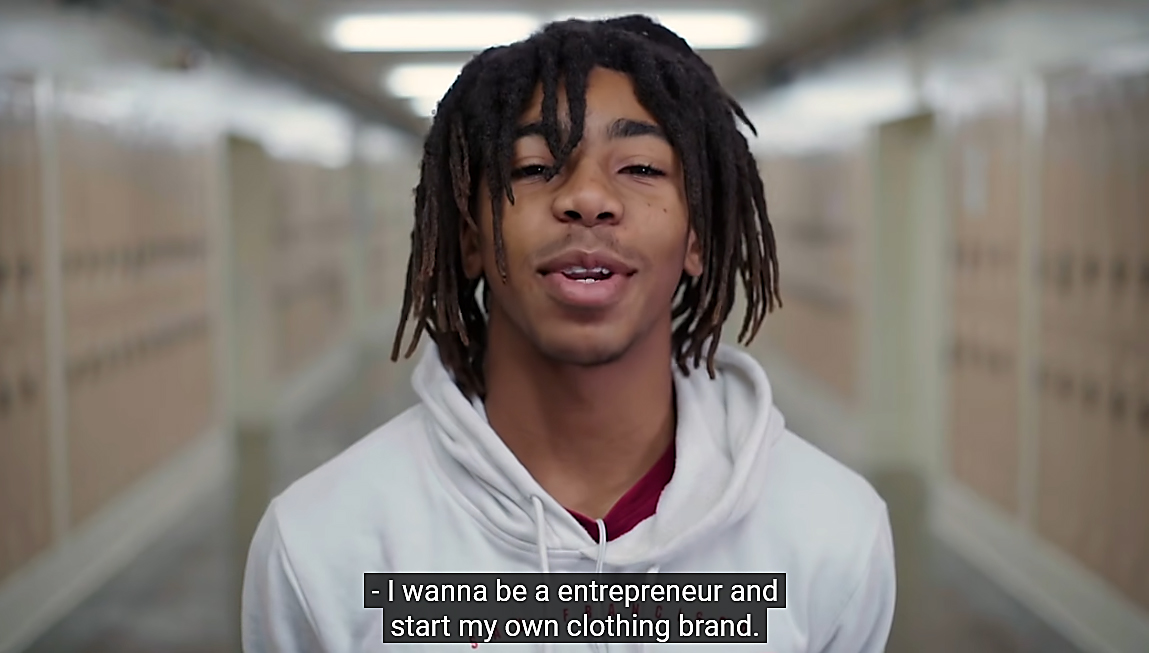
The 15th Amendment, which sought to protect the voting rights of Black men after the Civil War, was adopted into the U.S. Constitution in 1870. Despite the amendment, within a few years numerous discriminatory practices were used to prevent Black citizens from exercising their right to vote, especially in the South. It wasn’t until the Voting Rights Act of 1965 that legal barriers were outlawed at the state and local levels if they denied any Americans their right to vote under the 15th Amendment.
And yet, a wave of laws limiting the freedom to vote is sweeping across the nation. And voting rights advocates are sounding the alarm. Is this “Jim Crow 2.0”?
 Gender-specific pricing (where items for women cost more than items for men) is often
referred to as the “Pink Tax.” A 2015 study from the New York City Department of Consumer Affairs found that products
marketed towards women and girls cost an average of 7 percent more than those marketed
towards boys and men, including items with identical ingredients or components, like
shaving cream and razors. In addition, 30 US states maintain a “Tampon Tax.” This is a tax added to the cost of feminine hygiene products because they are not
considered “necessities of life” and are therefore taxed as a luxury.
Gender-specific pricing (where items for women cost more than items for men) is often
referred to as the “Pink Tax.” A 2015 study from the New York City Department of Consumer Affairs found that products
marketed towards women and girls cost an average of 7 percent more than those marketed
towards boys and men, including items with identical ingredients or components, like
shaving cream and razors. In addition, 30 US states maintain a “Tampon Tax.” This is a tax added to the cost of feminine hygiene products because they are not
considered “necessities of life” and are therefore taxed as a luxury.
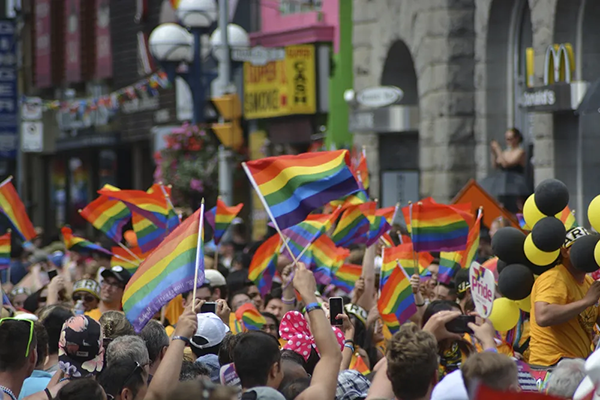 Do you feel safe with your personal freedoms? What does it mean to be a second class
citizen? "It takes no compromise to give people their rights," Harvey Milk, California’s
first openly gay elected official, said in 1976, "It takes no money to respect the
individual. It takes no political deal to give people freedom. It takes no survey
to remove repression." Check out this timeline of LGBTQ rights in America, from Stonewall to the Supreme Court.
Do you feel safe with your personal freedoms? What does it mean to be a second class
citizen? "It takes no compromise to give people their rights," Harvey Milk, California’s
first openly gay elected official, said in 1976, "It takes no money to respect the
individual. It takes no political deal to give people freedom. It takes no survey
to remove repression." Check out this timeline of LGBTQ rights in America, from Stonewall to the Supreme Court.
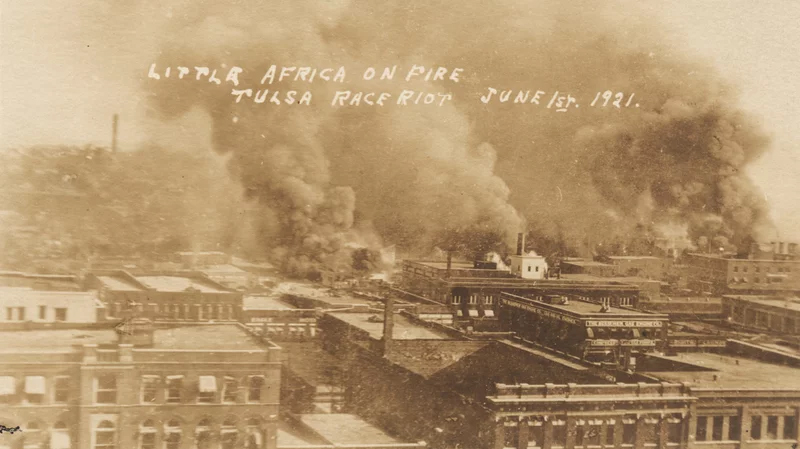
The burning Greenwood District during the Tulsa Race Massacre, 1921. First Street
is visible in the foreground on which is located the Bessemer Gas Engine Company and
the Eagle Hotel.
University of Tulsa/McFarlin Library Special Collections
The Tulsa Race Massacre took place May 31 and June 1, 1921, when mobs of White residents, many of them deputized and given weapons by city officials, attacked Black residents and businesses of the Greenwood District in Tulsa, Oklahoma. The event is considered one of the single worst incidents of racial violence in American history. The attacks burned and destroyed more than 35 square blocks of the neighborhood – at the time one of the wealthiest Black communities in the United States, known as "Black Wall Street".
Microaggressions come in many forms. Check out this video called "What kind of Asian are you?"
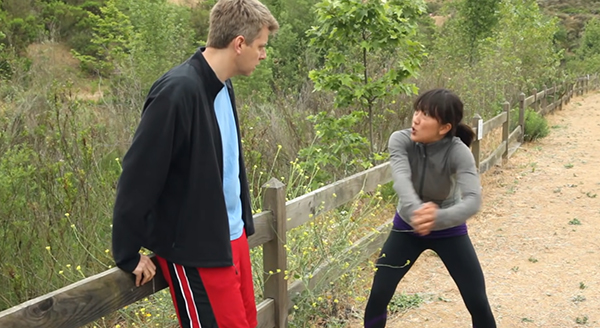
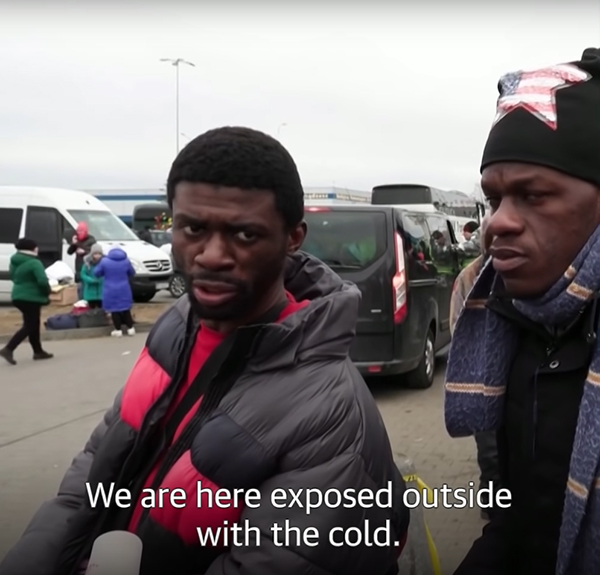
European NATO countries bordering Ukraine have welcomed its traumatized neighbors. However, their open-arm welcome is showing stark contrast. Black women, children, and students who are also fleeing Ukraine are being denied entrance to neighboring countries, and have been left out in the cold without life-saving humanitarian assistance. Read these articles for more:
Cambridge Chronicle by Rev. Irene Munroe.
Brookings Institute by Rashawn Ray
The Guardian by Emmanuel Akinwotu and Weronika Strzyżyńska
Independent by May Bulman and Nadine White

Maybe you've seen this picture. Do you know its history? Although Kamala Harris was
the first woman, and the first woman of color, to be elected to serve as Vice President
of the United States (2020,) she stands on the shoulders of so many, including Ruby
Bridges. Read more here.
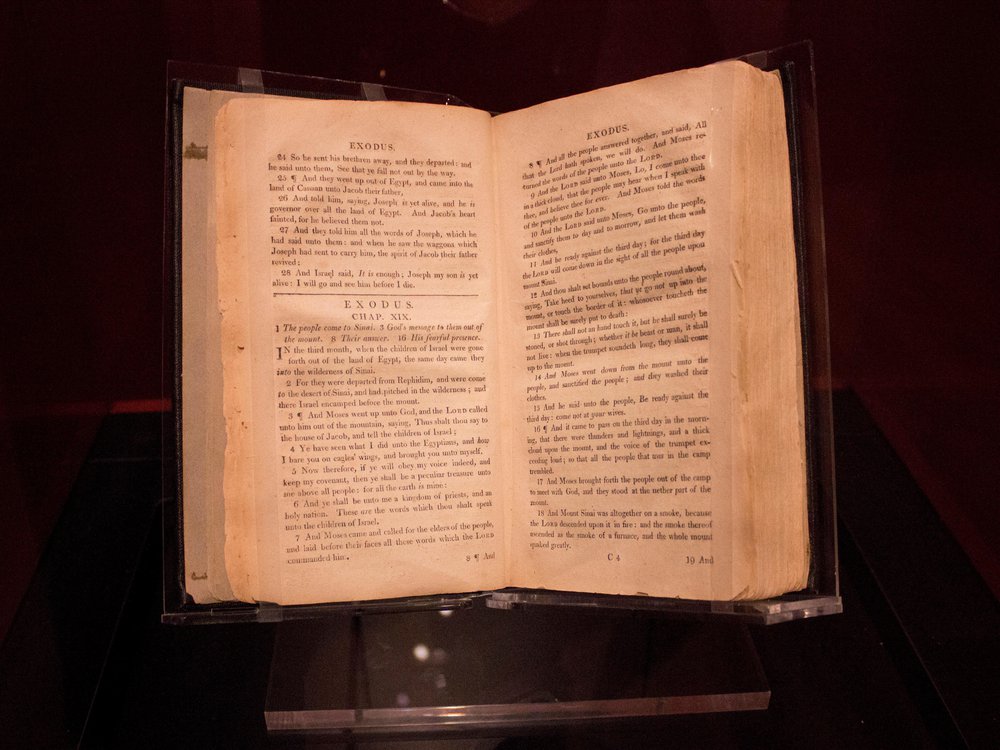 When 19th-century British missionaries arrived in the Caribbean to convert enslaved
Africans, they came with a heavily edited version of the Bible. Any passage that might
incite rebellion was removed from the “Slave Bible.” In their place, the missionaries
emphasized passages that encouraged subservience, like Ephesians 6:5: “Servants, be
obedient to them that are your masters …”
When 19th-century British missionaries arrived in the Caribbean to convert enslaved
Africans, they came with a heavily edited version of the Bible. Any passage that might
incite rebellion was removed from the “Slave Bible.” In their place, the missionaries
emphasized passages that encouraged subservience, like Ephesians 6:5: “Servants, be
obedient to them that are your masters …”
Equity has become quite a hot topic in the education world. Around the country, districts are planning equity initiatives, changing policies and practices, offering training for staff, and engaging students in their efforts to become more equitable. Other terms like equality, diversity, inclusion, and culturally responsive teaching get tossed around, too, which can get a little confusing! So what does educational equity really mean? How does it differ from these other terms? And how can you ensure your classroom practices are producing equitable outcomes?
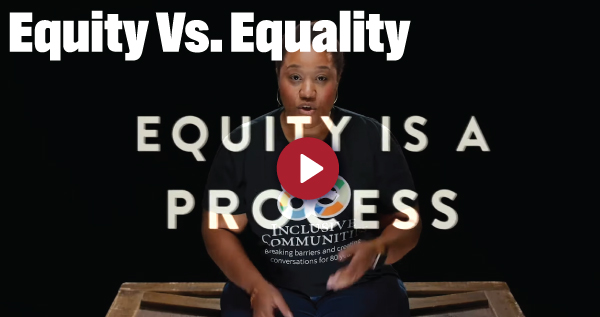
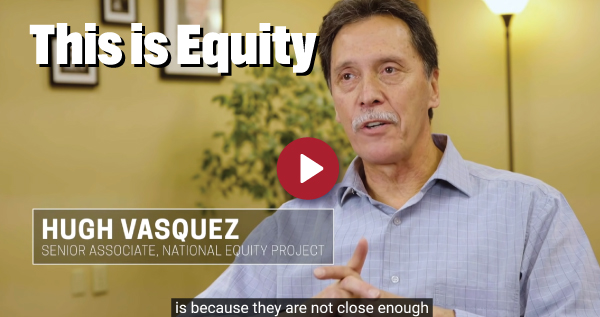
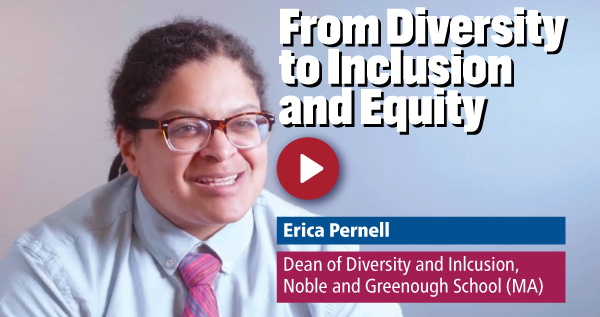
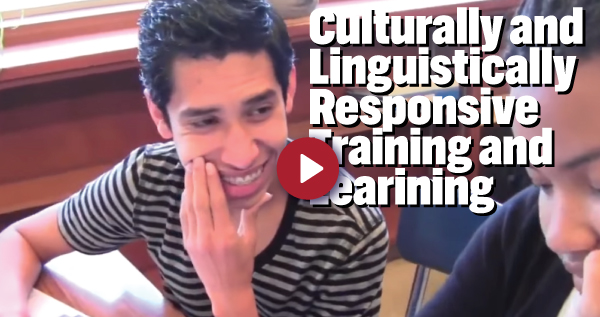
Why is it so hard for women to talk about money? Open up social media, and you’ll see people sharing intimate details of their lives – things they might not even discuss with their closest friends or family – with virtual strangers. But when the conversation shifts to finances, women often clam up, keeping the specifics of their wages private. Even as discussions about equal pay become more common in society, many women still hesitate to talk to each other about their bottom lines. So, what happens when women talk openly and honestly about money? Click the video below to see a discussion about Women and the wage gap.
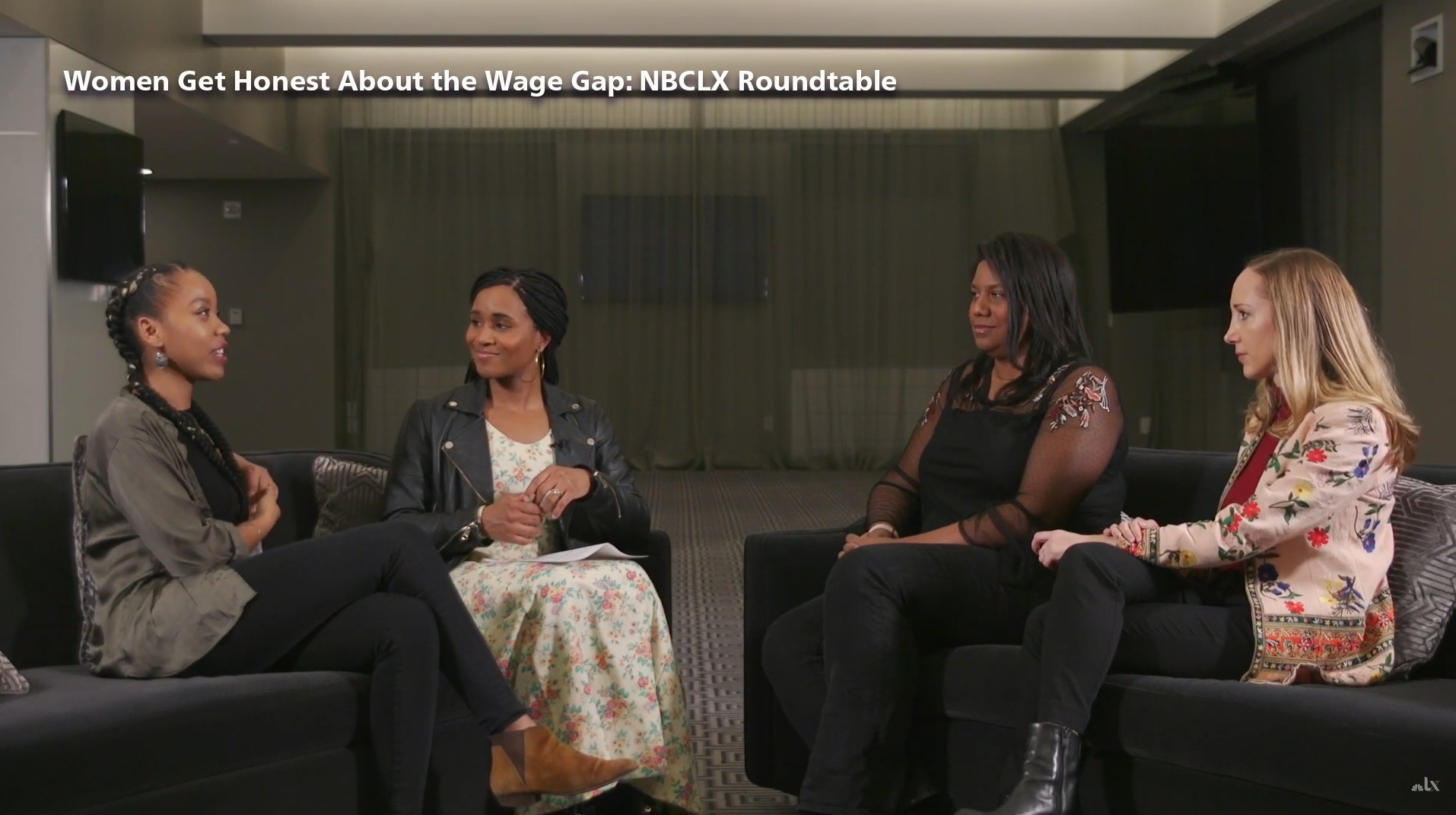
Racelighting refers to the process whereby People of Color question their own thoughts and actions due to systematically delivered racialized messages that make them second guess their own lived experiences with racism. When experiencing racelighting, People of Color often feel invalidated and become overwhelmed by feelings of inferiority and self-doubt. Here are some examples:
- A Black staff member who has been passed over for a promotion may start to believe it was because they are not “professional” enough.
- A Latinx administrator who receives unnecessarily harsh feedback and destructive criticism of their work from colleagues may begin to question their own intelligence and capabilities.
- A Native American professor whose scholarship is viewed as lacking rigor because it focuses on racial equity and social justice may question if they belong in the academy.
If you would like to read more about racelighting, below is a PDF of a scholarly brief by Dr. J. Luke Wood and Dr. Frank Harris III, the two authors of the article linked at top.
Read Racelighting in the Normal Realities of Black, Indigenous, and People of Color >
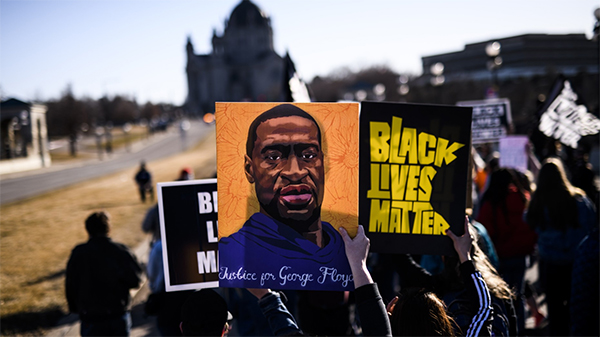
Allyship is committing to support a group you’re not part of, typically a marginalized group. Allies check their privilege and use it to elevate others’ voices. But some say that the term “ally” doesn’t always = action. Enter: the active bystander. That’s when you recognize a conflict and take action to try to diffuse it. Read about the "five Ds" in this article from The Skimm.
It is important to note that though no person alive today created the public education system, it is everyone’s responsibility to address inequities in the system, question power structures and ensure that every group (especially those who have been historically excluded) is represented and has a voice, making it more equitable for all students and families. It is also critically important to understand that the decisions made today create the public education system that impacts both current and future generations of students. To achieve an equitable system tomorrow, the work has to start today.
Learn more from the final installment in the ImpactTulsa multi-part series, Equity in Education.
August 3rd marked Black Women’s Equal Pay Day, or the day Black women had to work into 2021 to finally catch up to what white, non-Hispanic men earned in 2020. Black women worked 579 days to earn what white men did in 365.
Olympians this year made headlines not for their incredible athletic feats or victories but for the obstacles standing in their way. Athletes everywhere are calling out the sporting body for a history of banning Black women. Read more about it in this article, "The Olympics has a race problem. Athletes everywhere are calling out the sporting body for a history of banning Black women" from Business Insider.
“When I was 16, I walked into my high school counselor’s office with a list of colleges that I wanted to apply to. My mom and I stayed up all night putting it together - weighing the pros/cons of each school, figuring out what majors they had, etc. I was excited and hopeful. I sat down, handed the list over to my counselor, and after she read the first three colleges (in order: UCLA, USC, and UW), she looked up at me with a confused expression. She crumpled the paper up, threw it in the trash, and told me ‘We’re going to look for more realistic options. Shall we?’ I was speechless. For the past 10 years of my life, I had been commuting across three cities to get to school because my parents wanted me to have the best education possible.” ~ Sy Stokes, Ph.D.
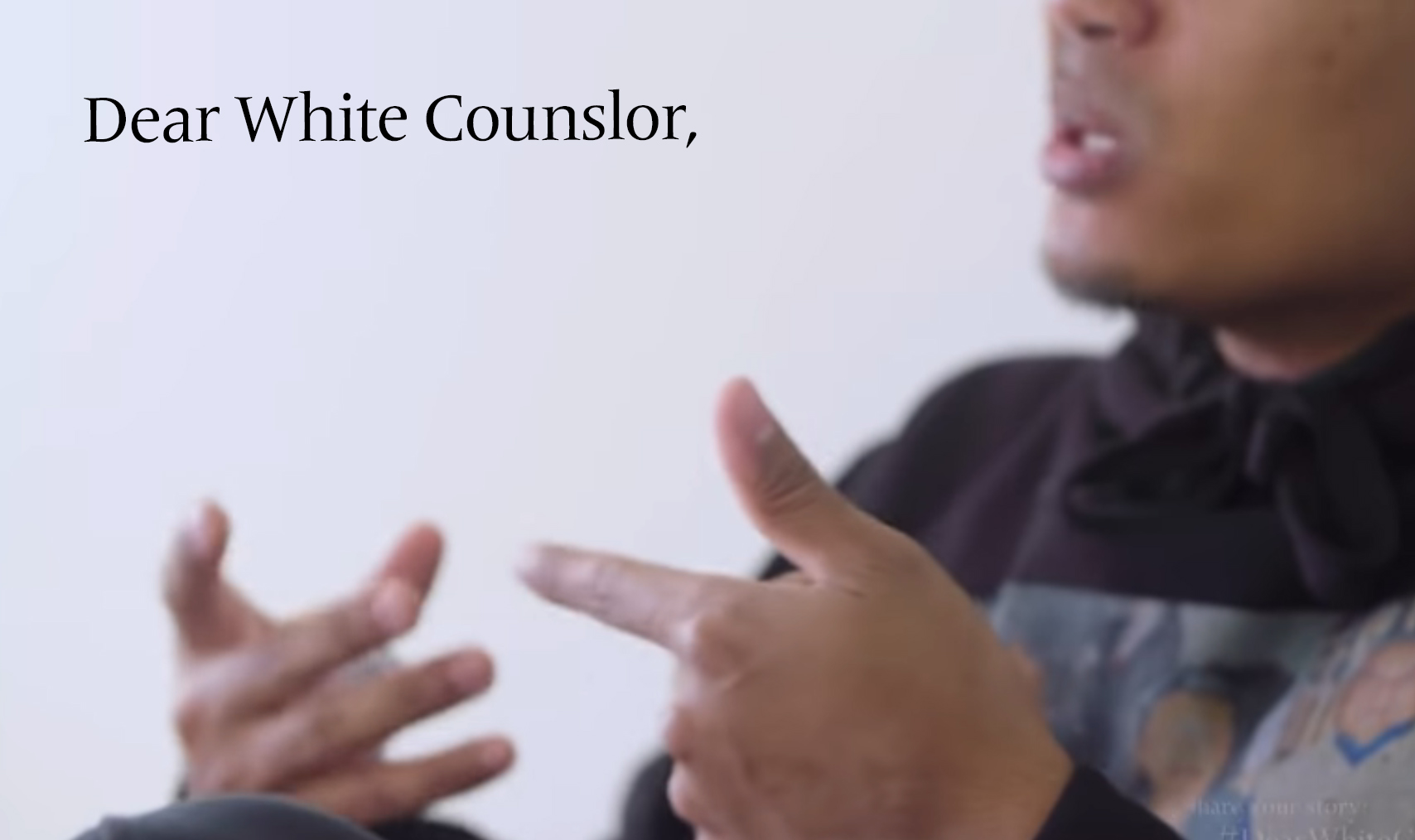
Please watch Dr. Stokes’ spoken word response to this experience in “Dear WhiteCounselor.”
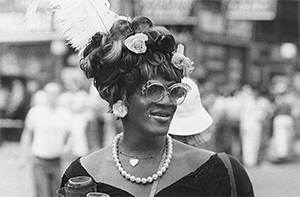 In commemoration of The Stonewall Riots. The Stonewall Uprising began in the early hours of June 28, 1969 when New York City
police raided the Stonewall Inn, a gay club located in Greenwich Village. At the time,
homosexual acts remained illegal in every state except Illinois, and bars and restaurants
could get shut down for having gay employees or serving gay patrons. The mere gathering
of homosexuals was considered "disorderly." Police raids on gay bars were common,
but on that particular night, bar patrons and neighborhood residents resisted as police
roughly hauled employees and patrons out of the bar. Influenced by activist Marsha P. Johnson, this led to six days of protests and violent clashes with law enforcement outside
the bar on Christopher Street, in neighboring streets and in nearby Christopher Park.
The Stonewall Riots launched a new era of resistance and revolution, and served as
a catalyst for the gay rights movement in the United States and around the world.
In commemoration of The Stonewall Riots. The Stonewall Uprising began in the early hours of June 28, 1969 when New York City
police raided the Stonewall Inn, a gay club located in Greenwich Village. At the time,
homosexual acts remained illegal in every state except Illinois, and bars and restaurants
could get shut down for having gay employees or serving gay patrons. The mere gathering
of homosexuals was considered "disorderly." Police raids on gay bars were common,
but on that particular night, bar patrons and neighborhood residents resisted as police
roughly hauled employees and patrons out of the bar. Influenced by activist Marsha P. Johnson, this led to six days of protests and violent clashes with law enforcement outside
the bar on Christopher Street, in neighboring streets and in nearby Christopher Park.
The Stonewall Riots launched a new era of resistance and revolution, and served as
a catalyst for the gay rights movement in the United States and around the world.
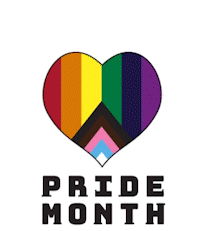
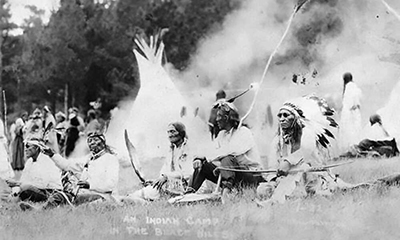
The sacred Lakota mountain called The Six Grandfathers, was appropriated to become Mount Rushmore. Mount Rushmore's creator had ties with white supremacy groups.
According to a recent study, anti-Asian hate crimes have spiked 150 percent since the pandemic began. Learn more about the history of anti-Asian racism in the United States in this link to a recent Washington Post article.
Cpl. George Bushy, left, holds the youngest child of Shigeho Kitamoto, center, as she and her children are forced to leave Bainbridge Island, Wash., in 1942. They were sent to an internment camp. (AP)
The events of January 6, 2021, rattled the nation to its core. The extreme ideologies that led to the insurrection at the Capitol are reflective of radicalized ideological and theological perspectives that are evident in larger society and on college campuses. Within this context, this video will examine the viewpoints and historical perspectives that led to the events of January 6th. The speakers will also offer recommendations for college and university leaders on how to advocate for justice and reconciliation on our campuses and in our nation. Presented by Cora Learning. Featuring: Luke J.Wood, Lasana Hotep & Frank Harris III (1:26:00)
There’s No Scientific Basis for Race—It’s a Made-Up Label
It’s been used to define and separate people for millennia. But the concept of race is not grounded in genetics.
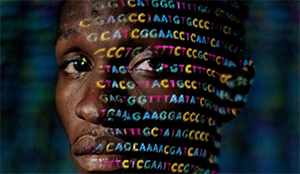 Read the National Geographic story.
Read the National Geographic story.
This story is part of The Race Issue, a special issue of National Geographic that explores how race defines, separates, and unites us.
Two Wolves
A Cherokee Legend
An old Cherokee is teaching his grandson about life. “A fight is going on inside me,” he said to the boy.
“It is a terrible fight and it is between two wolves. One is evil – he is anger, envy, sorrow, regret, greed, arrogance, self-pity, guilt, resentment, inferiority, lies, false pride, superiority, and ego.” He continued, “The other is good – he is joy, peace, love, hope, serenity, humility, kindness, benevolence, empathy, generosity, truth, compassion, and faith. The same fight is going on inside you – and inside every other person, too.”
The grandson thought about it for a minute and then asked his grandfather, “Which wolf will win?”
The old Cherokee simply replied, “The one you feed.”
A fictional story by Barbara Leahy (1998) where a young boy, Theo, asks his mother, “What if there were no black people?” Theo's mother walks him through the day where all the inventions and contributions that African Americans have made in US history are gone.
Think About This
Expand AllCollapse AllEMPOWERMENT is the degree of autonomy and self-determination in people and in communities. This enables them to represent their interests in a responsible and self-determined way, acting on their own authority.
Rather than domination, control and power over, POWER WITH leads to collective action and the ability to act together. Power with is shared power that grows out of collaboration and relationships. It is built on respect, mutual support, shared power, solidarity, influence, empowerment and collaborative decision making.
CULTURAL APPROPRIATION is the unacknowledged or inappropriate adoption of the customs, practices, ideas, etc. of one people or society by members of another, typically more dominant people or society. For instance, non-Black people wearing their hair in dreadlocks is cultural appropriation.
Black people with locs have been barred from walking at high-school graduations, denied jobs, wrongfully associated with drug use, and otherwise discriminated against. As a result of systemic racism, Black people face consequences for wearing dreadlocks that non-Black people do not.
INTERNALIZED OPPRESSION is a learned fear and self-hatred of one’s own identity or identity group based on the acceptance of oppressive stereotypes, attitudes, and beliefs about their identity group.
PRIVILEGE is unearned social power, a special right, advantage, or immunity granted or available only to a particular person or group of people (for example, white privilege, heterosexual privilege, religious privilege, gender privilege, etc.) Privilege is usually invisible to those who have it, but nevertheless it puts them at an advantage over those who do not have it.
MULTICULTURAL COMPETENCY is the process of learning about and becoming allies with people from other cultures, thereby broadening our own understanding and ability to participate in a multicultural process. The key element to becoming more culturally competent is respect for the ways that others live in and organize the world and an openness to learn from them.
BIGOTRY is the intolerance of cultures, religions, races, ethnicities, or political beliefs that differ from one’s own.
“I don't see color.” Yes, you do! COLORBLIND is a term used to describe personal, group, and institutional policies or practices that do not consider race or ethnicity as a determining factor. The term “colorblind” de‐emphasizes, or ignores, race and ethnicity, a large part of one’s identity.
The theory and practice that advocates for educational and occupational equity between men and women is called FEMINISM. It undermines traditional cultural practices that support the subjugation of women by men and the devaluation of women’s contributions to society.
TOKENISM is the practice of making only a perfunctory effort or symbolic gesture toward the accomplishment of a goal, such as racial integration by, for instance, hiring or appointing a token number of people from underrepresented groups in order to deflect criticism or comply with affirmative action rules.
IMPLICIT BIAS (aka unconscious or hidden bias) refers to negative associations that people unknowingly hold. They are expressed automatically, without conscious awareness. Many studies have indicated that implicit biases affect individuals’ attitudes and actions, thus creating real-world implications, even though individuals may not even be aware that those biases exist within themselves. Notably, implicit biases have been shown to trump individuals’ stated commitments to equality and fairness, thereby producing behavior that diverges from the explicit attitudes that many people profess.
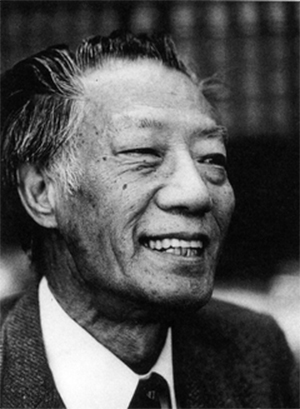 Chinese-American Min Chueh Chang PhD, (1908-1991) was a reproductive biologist who was instrumental in the invention of
the oral contraceptive pill in the 1950s – one of the most widely-used birth control
methods today — that transformed reproductive freedom and autonomy worldwide. Chang’s
research into the artificial insemination of farm animals also contributed to the
development of human in vitro fertilization technology, which has since made parenthood
possible for people around the world.
Chinese-American Min Chueh Chang PhD, (1908-1991) was a reproductive biologist who was instrumental in the invention of
the oral contraceptive pill in the 1950s – one of the most widely-used birth control
methods today — that transformed reproductive freedom and autonomy worldwide. Chang’s
research into the artificial insemination of farm animals also contributed to the
development of human in vitro fertilization technology, which has since made parenthood
possible for people around the world.
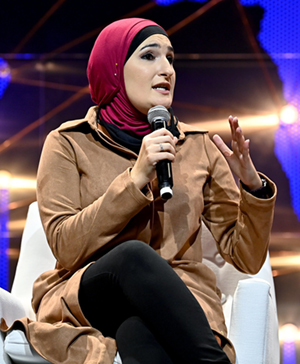 Linda Sarsour is a workingwoman, racial justice and civil rights activist, every Islamophobe’s
worst nightmare, and mother of three. Ambitious, outspoken and independent, Linda
shatters stereotypes of Muslim women while also treasuring her religious and ethnic
heritage. She is a Palestinian Muslim American and a self-proclaimed “pure New Yorker,
born and raised in Brooklyn!” She is the former Executive Director of the Arab American
Association of New York and co-founder of the first Muslim online organizing platform,
MPOWER Change. Linda has been at the forefront of major civil rights campaigns including
calling for an end to unwarranted surveillance of New York’s Muslim communities and
ending police policies like stop and frisk. In wake of the police murder of Mike Brown,
she co-founded Muslims for Ferguson to build solidarity amongst American Muslim communities
and encourage work against police brutality. She is a member of the Justice League
NYC, a leading NYC force of activists, formerly incarcerated individuals, and artists
working to reform the New York Police Department and the criminal justice system.
Linda Sarsour is a workingwoman, racial justice and civil rights activist, every Islamophobe’s
worst nightmare, and mother of three. Ambitious, outspoken and independent, Linda
shatters stereotypes of Muslim women while also treasuring her religious and ethnic
heritage. She is a Palestinian Muslim American and a self-proclaimed “pure New Yorker,
born and raised in Brooklyn!” She is the former Executive Director of the Arab American
Association of New York and co-founder of the first Muslim online organizing platform,
MPOWER Change. Linda has been at the forefront of major civil rights campaigns including
calling for an end to unwarranted surveillance of New York’s Muslim communities and
ending police policies like stop and frisk. In wake of the police murder of Mike Brown,
she co-founded Muslims for Ferguson to build solidarity amongst American Muslim communities
and encourage work against police brutality. She is a member of the Justice League
NYC, a leading NYC force of activists, formerly incarcerated individuals, and artists
working to reform the New York Police Department and the criminal justice system.
Source: Women's Media Center
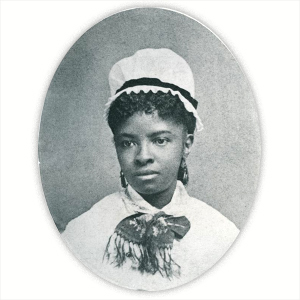
Mary Mahoney was born in the spring of 1845 in Boston, Massachusetts. Mahoney learned from an early age the importance of racial equality. Eager to encourage greater equality for African Americans and women, she pursued a nursing career which supported these aims. She is noted for becoming the first African American licensed nurse.
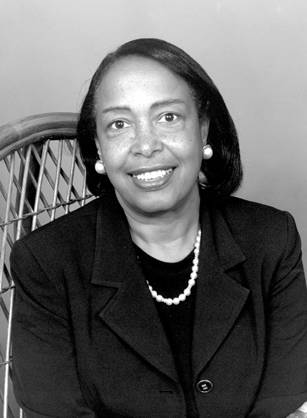 Patricia Era Bath was an American ophthalmologist, inventor, humanitarian, and academic. She invented
an improved device for laser cataract surgery. Her invention was called Laserphaco
Probe, which she patented in 1986.
Patricia Era Bath was an American ophthalmologist, inventor, humanitarian, and academic. She invented
an improved device for laser cataract surgery. Her invention was called Laserphaco
Probe, which she patented in 1986.
What was my biggest obstacle?
Sexism, racism, and relative poverty were the obstacles which I faced as a young girl
growing up in Harlem. There were no women physicians I knew of and surgery was a male-dominated
profession; no high schools existed in Harlem, a predominantly black community; additionally,
blacks were excluded from numerous medical schools and medical societies; and, my
family did not possess the funds to send me to medical school. [Dr. Bath says her
mother scrubbed floors so she could go to medical school.]
Despite official university policies extolling equality and condemning discrimination, Bath experienced both sexism and racism during her tenure at both UCLA and Drew. Determined that her research not be obstructed by the "glass ceilings," she took her research abroad to Europe, where her research was accepted on its merits at the Laser Medical Center of Berlin, West Germany, the Rothschild Eye Institute of Paris, France, and the Loughborough (England) Institute of Technology. At those institutions she excelled in research and laser science, the fruits of which are evidenced by her patents for laser eye surgery.
Dr. Rebecca Lee Crumpler challenged the prejudice that prevented African Americans from pursuing careers in medicine to became the first African American woman in the United States to earn an M.D. degree. Although little has survived to tell the story of Crumpler's life, she has secured her place in the historical record with her book of medical advice for women and children, published in 1883.
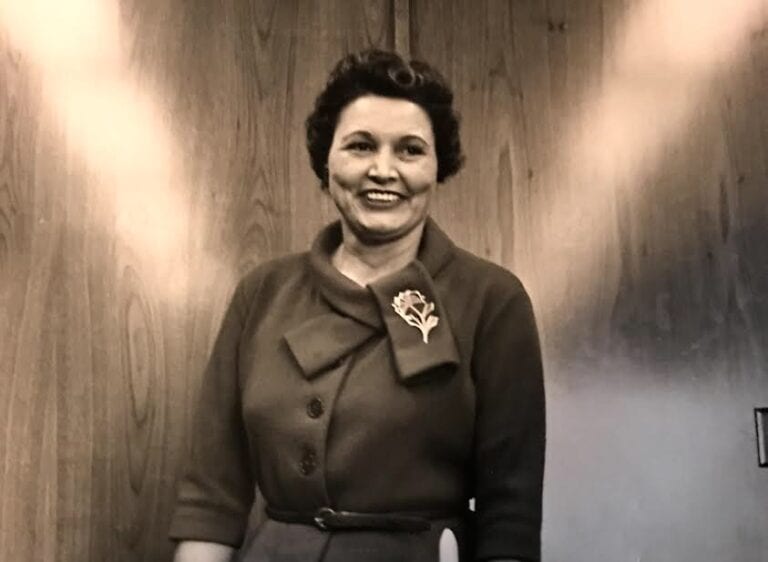 Mary G. Ross is the fit known Native American engineer and the first female engineer to work for
the company Lockheed. Ross’ great grandfather was one of the longest serving Cherokee
nation chiefs, and she lived in the Cherokee Nation capital during her early education.
Studying mathematics, she completed a Master’s degree and was hired by Lockheed in
1942. The company sent her to UCLA to gain skills in aeronautic engineering. After
working her way up the male-dominated corporate ladder, she eventually worked with
NASA. Early spaceflight relied on military-like technology, and Ross was an expert
in this. While much of her work at NASA is classified, she made invaluable contributions
to the Apollo program, including helping to write the NASA’s Planetary Flight Handbook.
Mary G. Ross is the fit known Native American engineer and the first female engineer to work for
the company Lockheed. Ross’ great grandfather was one of the longest serving Cherokee
nation chiefs, and she lived in the Cherokee Nation capital during her early education.
Studying mathematics, she completed a Master’s degree and was hired by Lockheed in
1942. The company sent her to UCLA to gain skills in aeronautic engineering. After
working her way up the male-dominated corporate ladder, she eventually worked with
NASA. Early spaceflight relied on military-like technology, and Ross was an expert
in this. While much of her work at NASA is classified, she made invaluable contributions
to the Apollo program, including helping to write the NASA’s Planetary Flight Handbook.
Marlee Matlin is still the youngest best-actress winner (Children of a Lesser God, age 21, 1986) and the only deaf actor to win an Academy Award. She says she is still boiling at a spiteful comment made at the time by a film critic: “[He said] I won out of pity – that I was a deaf person playing a deaf role, how is that acting? There are hearing people playing hearing roles; how’s that any different? That’s what we call ableism, or audism.” On TV, she has picked up four Emmy nominations, and her 2021 film, CODA, won that year's Oscar for best picture. She is now working on a project about how Prince Philip’s mother, who was deaf, rescued a Jewish family during the second world war. As an activist, Matlin helped push through legislation in the US requiring closed captioning on TV and streaming sites.
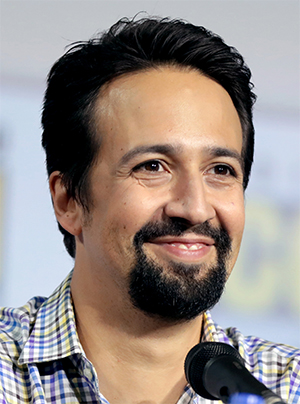 The son of Puerto Rican parents, Lin-Manuel Miranda is an award-winning actor, performer and writer known for his groundbreaking Broadway
musicals 'In the Heights' and 'Hamilton.' In April 2016, Hamilton won the Pulitzer
Prize for drama, and in May, the musical set a new record when it was nominated for
16 Tony Awards, the most in Broadway history.
The son of Puerto Rican parents, Lin-Manuel Miranda is an award-winning actor, performer and writer known for his groundbreaking Broadway
musicals 'In the Heights' and 'Hamilton.' In April 2016, Hamilton won the Pulitzer
Prize for drama, and in May, the musical set a new record when it was nominated for
16 Tony Awards, the most in Broadway history.
 Marsha P. Johnson was an African-American transgender women whose activism in the 1960s and 70s had
a huge impact on the LGBTQ+ community. At that time, being gay was classified as a
mental illness in the United States. Gay people were regularly threatened and beaten
by police, and were shunned by many in society.
Marsha P. Johnson was an African-American transgender women whose activism in the 1960s and 70s had
a huge impact on the LGBTQ+ community. At that time, being gay was classified as a
mental illness in the United States. Gay people were regularly threatened and beaten
by police, and were shunned by many in society.
In June 1969, when Marsha was 23 years old, police raided The Stonewall Inn, a gay bar in New York City, forcing over 200 people out of the bar and onto the streets, and then using excessive violence against them. Marsha was one of the key figures who stood up to the police during the raid and, in the following days, led a series of protests and riots demanding rights for gay people. News of these protests spread around the world, inspiring others to join protests and rights groups to fight for equality.
A month after the protests, the first openly gay march took place in New York - a pivotal moment for the gay and trans community everywhere.
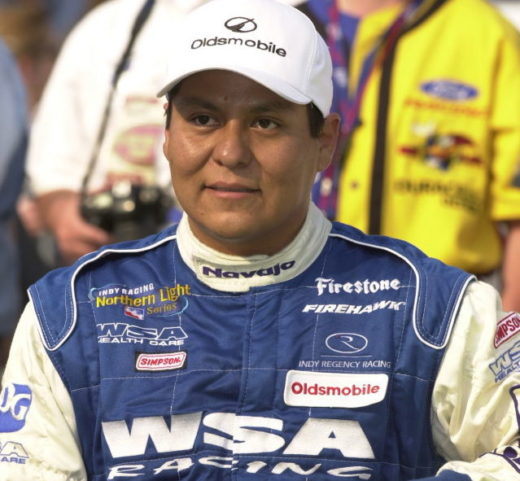 Hailing from the Navajo tribe, Cory Witherill became the first full-blooded Native American to race in the Indy 500 in 2001, placing
19 out of 33. (The race was founded in 1911.) In 2002, he went to the Infiniti Pro
Series, and won the Nashville Indy Pro race in 2002. Cory's professional career spanned
from 1997 to 2004. He is now known for his public service and charity work within
the Native American community.
Hailing from the Navajo tribe, Cory Witherill became the first full-blooded Native American to race in the Indy 500 in 2001, placing
19 out of 33. (The race was founded in 1911.) In 2002, he went to the Infiniti Pro
Series, and won the Nashville Indy Pro race in 2002. Cory's professional career spanned
from 1997 to 2004. He is now known for his public service and charity work within
the Native American community.
The United States Supreme Court was established in 1789 and assembled in 1790. Since then there has been 115 Justices. On April 7th, Judge Ketanji Brown Jackson made history by being confirmed as the first Black woman on Supreme Court by a vote of 53-47.
The Chinese New Year starts February 1st, and many people will join in the celebrations. But did you know? “Smart.” “Hard-working.” “Nice.” were among the adjectives that respondents offered up in a recent poll when asked to describe Asian Americans. Characterizing Asian Americans as a “model minority” flattens the diverse experiences of Asian Americans into a singular, narrow narrative. It paints a misleading picture about the community that doesn't align with current statistics and perpetuates difficulties such as the “bamboo ceiling.” Here is a link to some common misconceptions driven by the model minority myth.
Temple Grandin
Meet scientist and industrial designer Temple Grandin, an animal welfare and autism advocate who is one of the most respected experts in both autism and animal behavior in the world. While her mother suspected that Grandin was on the spectrum when she was a teenager, Grandin was not formally diagnosed until she was in her 40s. Grandin became a fellow at the American Society of Agricultural and Biological Engineers and won an award from PETA for advocating for more humane treatment of animals. She was also featured in the 2010 HBO film “Temple Grandin.”
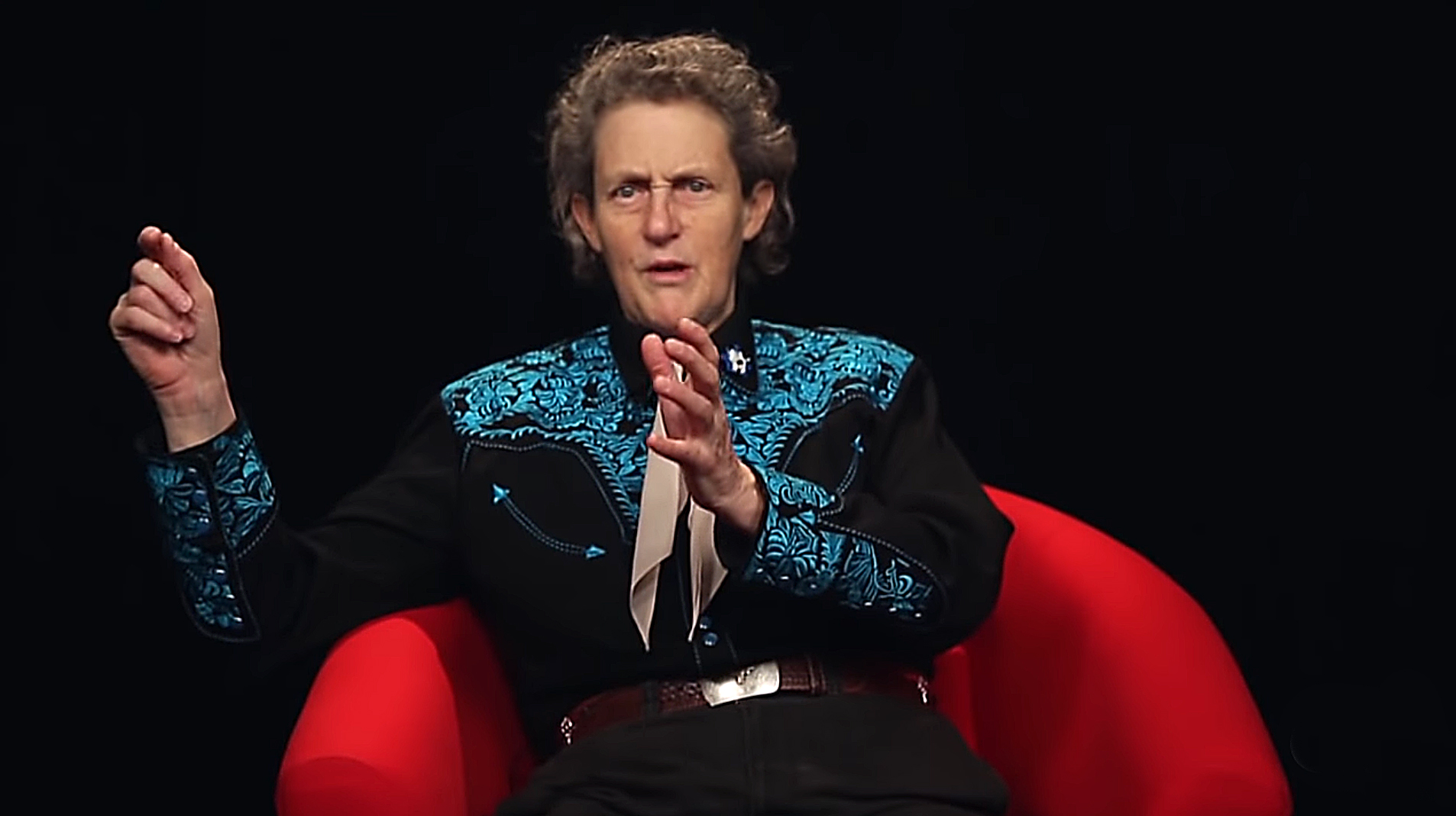
 As Pride Month comes to a close, a recap: The 1969 Stonewall Uprising marked a turning point in
the quest for gay rights. In 2015, the Supreme Court legalized gay marriage, but a
year later, 49 people were killed and 53 were wounded in a mass shooting at Pulse,
a gay nightclub in Orlando, Florida. In 2020, the US Supreme Court issued a ruling
saying that Title VII of the Civil Rights act of 1964 protects LGBT employees from
workplace discrimination but, in 2021, extending full protections through an amendment
to the Civil Rights Act, called the Equality Act, still struggles for approval in Congress.
As Pride Month comes to a close, a recap: The 1969 Stonewall Uprising marked a turning point in
the quest for gay rights. In 2015, the Supreme Court legalized gay marriage, but a
year later, 49 people were killed and 53 were wounded in a mass shooting at Pulse,
a gay nightclub in Orlando, Florida. In 2020, the US Supreme Court issued a ruling
saying that Title VII of the Civil Rights act of 1964 protects LGBT employees from
workplace discrimination but, in 2021, extending full protections through an amendment
to the Civil Rights Act, called the Equality Act, still struggles for approval in Congress.
Commemorated annually on June 19th, Juneteenth is the oldest known celebration of the end of slavery in the U.S. Although the Emancipation Proclamation was issued by President Abraham Lincoln on Sep. 22, 1862, after the Civil War ended in April 1865 most slaves in Texas were still unaware of their freedom. This began to change when Union troops arrived in Galveston as part of a six-week ride through Texas to spread the news. Maj. Gen. Gordon Granger read ‘General Orders No. 3’ on June 19, 1865, informing the people of Texas that “… all slaves are free. This involves an absolute equality of personal rights and rights of property between former masters and slaves.” Freed African Americans observed “Emancipation Day,” as it was first known, as early as 1866 in Galveston.
You can learn more about the historical legacy of Juneteenth at The Smithsonian’s
site: https://nmaahc.si.edu/blog-

The Juneteenth flag will be flown this month for the first time at North Shore Community College. The flag’s symbolism includes:
- The star burst: representing the significance of Galveston, Texas in Juneteenth, and the nova-like quality representing new beginnings for African Americans in all 50 states.
- The curved surface indicates a horizon, a dawn of fresh opportunity and possibility for African Americans.
- The red, white and blue represents the American flag as a reminder that enslaved people and their descendants were and are Americans.
- The date, June 19, 1865, represents the day when enslaved black people in Galveston, Texas were told that they were free under the law, two years after the Emancipation Proclamation became official in 1863.
North Shore Junteenth Association Inc. is a group of community leaders seeking to create awareness about the Juneteenth holiday, and educate the broader community about positive aspects of African American culture. If you want to get more involved or learn more, please check out their website, https://north-shore-juneteenth-assoc.constantcontactsites.com/
Many companies have recruiting channels that are predominantly white. Work with your Human Resources department to recruit Americans who are descendants of enslaved Africans. Recruiting from Historically Black Colleges and Universities (HBCUs) is a good start.
This is an example of white privilege: You can be sure that if you need legal or medical help, your race will not work against me.
This is an example of Christian privilege: A bumper sticker supporting your religion won’t likely lead to your car being vandalized.
This is an example of male privilege: You can live in a capitalist society in which no advertising exists to sell you products to make your crotch smell "meadow fresh".
This is an example of able-bodied privilege: You don’t make other people uncomfortable by just existing.
This is an example of heterosexual (straight) privilege: I can be open about my sexual orientation without worrying about my job.
This is an example of white privilege: If a traffic cop pulls me over or if the IRS audits my tax return, I can be sure I haven't been singled out because of my race.
Even more importantly: What was your reaction the last time you saw a police officer? Fear? Relief? Local politicians make a point of visiting community organizations and talking with constituents (to get to know what they can do in their role as part of the government). Has a police officer visited your community organization? Have you ever had a friendly conversation with a police officer?
Proximity breeds care and distance breeds fear.
This is an example of male privilege:
If I have children and pursue a career, no one will think I'm selfish for not staying
at home.
This is an example of Christian privilege:
Your faith can be an aspect of your identity without being a defining aspect (e.g.,
people won’t think of you as their “Christian” friend)
This is an example of heterosexual (straight) privilege:
Because of my sexual orientation, I do not need to worry that people will harass or
assault me.
This is an example of white privilege:
I can do well in a challenging situation without being called a credit to my race.
Be an ally. When talking about places with accommodations for people with disabilities, use the term “accessible” rather than “disabled” or “handicapped.” For example, refer to an “accessible” parking space rather than a “disabled” or “handicapped” parking space or “an accessible bathroom stall” rather than “a handicapped bathroom stall.”
Be an ally. An ally is someone who makes the commitment and effort to recognize their privilege (based on gender, class, race, sexual identity, etc.) and work in solidarity with oppressed groups in the struggle for justice. Allies understand that it is in their own interest to end all forms of oppression, even those from which they may benefit in concrete ways. Allies commit to reducing their own complicity or collusion in oppression of those groups and invest in strengthening their own knowledge and awareness of oppression.
Be an ally. Learn about different models of disability. Understand what ABLEISM is and how to detect it. Discover the million reasons why accessibility matters. You can start learning with these resources: Haben Girma's memoir, the film Crip Camp, and Stella Young's TED Talk.
When talking about places with accommodations for people with disabilities, use the term “accessible” rather than “disabled” or “handicapped.” For example, refer to an “accessible” parking space rather than a “disabled” or “handicapped” parking space or “an accessible bathroom stall” rather than “a handicapped bathroom stall.”
Be an ally to people of different faiths. Reach out to your colleagues or classmates of different faiths during key holidays to acknowledge their experience. During Ramadan, for example, message a Muslim friend and ask: "How is Ramadan going? How was your iftar last night?" (Iftar is the meal Muslims have at sunset after a day of fasting from food and water.)
Eighty-six percent (86%) of black teens who experience discrimination state they have experienced discrimination based on their hair by the age of 12. H.R. 2116 also known as the the CROWN Act (Creating a Respectful and Open World for Natural Hair) passed along party lines in the House with a vote of 235-189 on March 18. Hair discrimination is one step closer to being banned across the country with a vote by Senate.
Be an ally. When discussing different experiences and points of view, expect and accept non-closure. “Hang out in uncertainty” and try not to rush to quick solutions, especially in relation to racial understanding. This can be heavy, confusing, and lead to more questions than answers. Remember that you are engaging in an adaptive process, not implementing technical solutions.
Be an ally. Speaking up when witnessing a microaggression at work isn’t necessarily easy because of power dynamics. So, have a couple of stock phrases to pull out when you need them at work, or anywhere. For example: “What makes you say that?” “We don’t do that here.” “I don’t get it. Can you explain the joke to me?” “Wow, that was awkward.” Here is a link to other responses towards microaggressions.
If you have any questions or comments on NSCC’s Equality & Equity Project, please
contact
us at EqualityEquity@northshore.edu
Sources
- RacialEquityTools.org
- Medium.com/equality-includes-
you - InTheKnow.com
- Biography.com
- History.com
- San Diego State University Diversity Initiatives
- ItsPronouncedMetrosexual.com
Chief Diversity Officer & Additional NSCC Diversity, Equity and Inclusion Groups
Nikki Pelonia, Chief Diversity & Equity Officer
Forum on Tolerance
Diversity Leadership Council



